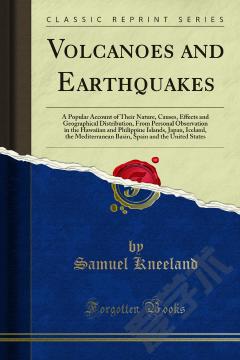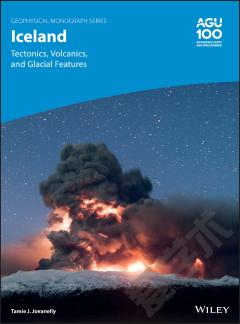Volcanoes and Earthquakes —— A Popular Account of Their Nature, Causes, Effects and Geographical Distribution, From Personal Observation in the Hawaiian and Philippine Islands, Japan, Iceland, the Mediterranean Basin, Spain and the United States
-----
According to Prof. Judd, oxygen constitutes nearly one half the weight of all lavas, combined with other elements in the form of oxides; silicon forms about one quarter, and aluminium one tenth of most lavas; magnesium, calcium, iron, sodium, and potassium, in varying proportions, make. Up the other mate rials; Silica or silicic acid forms the greater part of their mass from one half to four fifths; this, acting as an acid, unites with other bases, making silicates. Those having the largest amount of silica are called acid lavas, and those with less silica and more bases, basic lavas the latter are usually much the darkest in color, and the heaviest, like the basalts; the former being generally comprised under trachytes: as the iron in them es capes, they assume a reddish or brownish tint. Basic lavas are more easily fusible, and, in their natural state, largely crystalline when subsequently melted they form a glass. When a lava mass cools rapidly near the surface, it becomes a volcanic glass called obsidian; when cooled slowly and at great depths, and under immense pressure, the mass becomes crystalline.
{{comment.content}}








 京公网安备 11010802027623号
京公网安备 11010802027623号